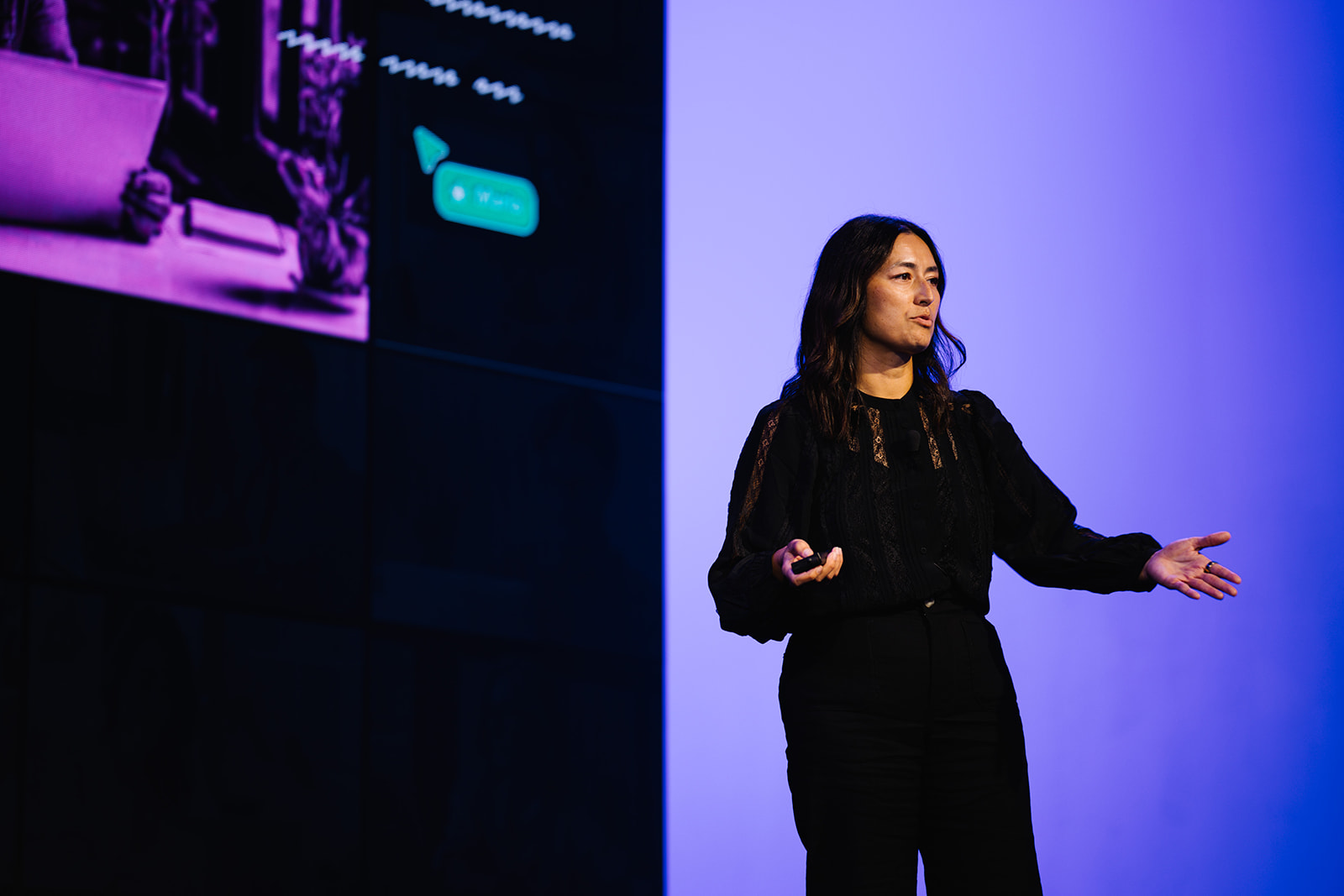Establishing a culture of collaboration is often easier said than done. Businesses face a number of challenges that prevent or limit successful teamwork, including everything from disjointed processes and workflows to internal team resistance to change.
Fortunately, you can overcome these barriers and improve your team’s collaboration with proper planning and the right tools.
Prove the value of cross-functional collaboration
Dev and ops teams are typically at odds with each other. While developers focus on improving products with new features and other updates, operations professionals’ goal is to maintain a stable operating environment, which usually means limiting system changes. Getting these different teams aligned can be a big challenge.
While some may be hesitant to change their approach, the DevOps culture of collaboration makes life easier for both teams. Despite serving different functions, the roles of each team are intertwined: Development teams need operations to package, launch, and monitor products; and ops teams can’t do any of the work they need without a developer to create the product and configure it after launch.
However, if the two teams don’t work together collaboratively, they’ll create bottlenecks that slow each other down.
Get buy-in from team members by proving the value of cross-functional collaboration in the software development lifecycle (SDLC). Define workflows and create flow charts that show how development and operations will work together throughout each stage of the SDLC. As you present the chart, highlight the benefit of new workflows, like:
- Better brainstorming and problem-solving that enhance design and development
- More clearly defined roles and responsibilities that minimize workloads
- Continuous integration that allows both teams to achieve their goals
Once teams understand their workflows, use team-building exercises that create a dynamic that supports teamwork. For example, icebreaker questions are a great way to introduce team members who may never have worked together before. Meanwhile, interactive games like scavenger hunts are a fun way to get people working together. The better everyone knows each other, the more comfortable they will be collaborating with each other.
Establish clear objectives to mitigate security risks
Misalignment and a lack of connection can often be misattributed to apathy among product and DevOps teams. However, what teams really need is clearly defined responsibilities among stakeholders, a unified goal, and a shared product vision that shapes the roadmap. Failing to clarify responsibilities increases the chance that something will slip through the cracks. Or that someone on the team will waste time doing double work. But when everyone on the team knows which aspects of security they’re responsible for and what the goalposts are, it’s much easier to ensure everything gets checked off the list.
Make sure everyone is using appropriate security protocols by using DevSecOps — a collaboration model that integrates security initiatives into every stage of the SDLC.
Create a roadmap that defines which security protocols teams should use for each stage, which may vary depending on your product. For example, if you’re building a fintech app, developers will need to create a secure login during development. And post-launch, they’ll also be responsible for troubleshooting bugs.
Be sure to specify which team or individuals are responsible for each security task and check in with them to ensure they feel comfortable tackling the job. If they aren’t, offer them resources to bring them up to speed or connect them with an experienced teammate who can help them with the security task.
Create scalable processes that empower teams of all sizes to collaborate
The larger a DevOps team is, the harder it will be to keep everyone in the loop with progress updates, and the more likely silos are to exist. But small teams aren’t exempt from silos. The fewer people there are on a team, the more hats everyone has to wear, and the easier it is to lose track of what other teammates are doing. Or worse, they assume they already know everything they need to because they’re involved in multiple aspects of the SDLC. In both cases, communication breakdowns lead to silos.
Break down silo mentality by building communication processes that keep everyone aligned on project objectives, goals, and task assignments.
A few communication practices that help break down silos and foster DevOps collaboration include:
- Host daily standups to give everyone an opportunity to provide progress updates and talk through roadblocks they might be facing. Standups are also a great way to keep remote teams connected and create a sense of community among the team.
- Use program increment (PI) planning to assess task progress and reset goalposts if necessary.
- Run sprint retrospectives to get feedback from team members about what worked well and where there is room for improvement.
Use tools that support cross-functional teams
Development and operations teams use different tools that serve different purposes. Developers need a complete tech stack, which includes source code, frameworks, and tools for both front- and back-end development. Meanwhile, operations uses a variety of automation tools, including testing, analysis, and feedback solutions. And when they aren’t working collaboratively, they have no reason to familiarize themselves with the other’s tools.
But if the teams aren’t using tools that are compatible, they won’t be able to share assets or resources. To work together successfully, DevOps teams need software that integrates with the tools used by the other group.
Related: Level up your team's next agile ceremony with Mural’s Azure DevOps integration
Talk to team members from both groups to learn what tools they need (or are already using). Since they’re already familiar with the necessary tools for their roles, asking team members for feedback will help save time by reducing the research workload. It also serves as an opportunity to build consensus about what tools to implement moving forward. And since they’ll be involved in the selection process from the start, the transition to new tools will be much smoother for everyone on the team.
Improve DevOps collaboration with help from Mural
In many cases, software development teams already have the tools they need to design, build, and launch an app. What they need is a DevOps tool to bridge the gap between development and operations so the teams can work together more effectively. Mural’s API and templates help teams improve collaboration by providing the frameworks they need to design, build, launch, and maintain new products.
Consider Pearson. The education app used Mural to connect team members, giving them access to each other’s notes and research to collaborate asynchronously. As a result, the team benefited from better collaboration throughout the design and development process.
See how companies like Pearson and IBM use Mural to design systems and workflows that improve teamwork. Or Get started today with a Free Forever account with Mural, and see how your team can streamline DevOps collaboration.













